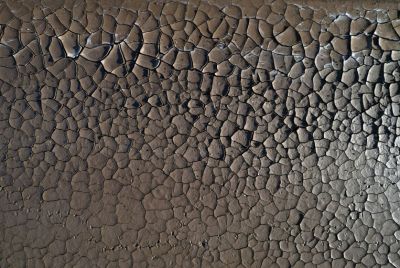New study shows media underreport child sexual abuse, miss key aspects of issue
Tens of thousands of children are sexually abused each year in the United States, yet news coverage of the subject is out of sync with both the magnitude of the issue and the context in which it occurs. This finding comes from a study released this month from Berkeley Media Studies Group, a project of the Public Health Institute. The report, Case by Case: News coverage of child sexual abuse, examined national news stories on child sexual abuse published between 2007 and 2009. Fewer than one story a week focused on the topic and even fewer covered the issue in detail.
The language used to describe the abuse was often vague and inconsistent. Many articles contained ambiguous phrases, such as "sexual acts," "inappropriate sexual behavior," and "lewd and lascivious acts with a child." Such imprecise language limits the public's understanding of the issue and disguises its severity.
Nearly three quarters (73 percent) of stories were tied to a criminal justice news hook such as an arrest or trial that related to the aftermath of the abuse. This type of coverage puts the emphasis on the perpetrator instead of on the impact the abuse has on victims, their families, and the wider community. Such coverage also portrays child sexual abuse as an isolated event, ignoring its larger social context.
Prevention was rarely mentioned. Less than one-third (30 percent) of stories discussed solutions. Of those, the overwhelming majority focused on interventions to address abuse after the fact, while only a handful looked at preventing future abuse.
"This report makes it clear that we need to make prevention visible and generate stories of the possibility for social change," Cordelia Anderson, director of Sensibilities Prevention Services and president of National Coalition to Prevent Child Sexual Abuse & Exploitation, said.
"The Case by Case report provides a valuable reality check for media and advocates," Sandra Henriquez, executive director of the California Coalition Against Sexual Assault, said. "Not only must we name child sexual abuse, but we also need to re-examine how to cover this sensitive topic in a responsible manner. It is essential that media reports go beyond covering individual cases within the context of the criminal justice system, but that they include linkages between child sexual violence and potential solutions for preventing abuse before it occurs."
"We all have a responsibility to end child sexual abuse and as this report makes clear, the media can play a stronger role in helping the public understand the root causes of abuse and the things that each of us can do to prevent abuse before it happens," said Monique Hoeflinger, senior program officer at the Ms. Foundation for Women.
The report includes recommendations for journalists on ways to improve coverage of child sexual abuse as well as recommendations for advocates to help push for policies that will institute prevention. For example, journalists can pursue stories that include economic, social and cultural aspects of child abuse by investigating businesses that profit from child pornography or by asking about the role of health care professionals and educators in preventing abuse. And advocates can monitor the news for op-ed or letter-writing opportunities, develop relationships with journalists, and even work with adult survivors of child sexual abuse to help them learn to talk effectively with reporters and advocate for policy changes.
Case by Case was commissioned by the Ms. Foundation for Women and written by Lori Dorfman, DrPH, Pamela Mejia, MPH, MS, Andrew Cheyne, CPhil, and Priscilla Gonzalez, MPH, of Berkeley Media Studies Group. BMSG researches the way public health issues are characterized in the news and helps community groups, journalists and advocates use the media to advance healthy public policy. BMSG is a project of the Public Health Institute.




















